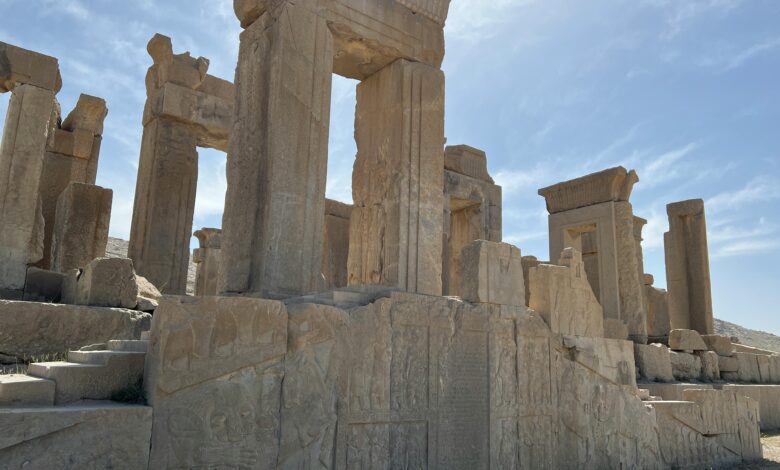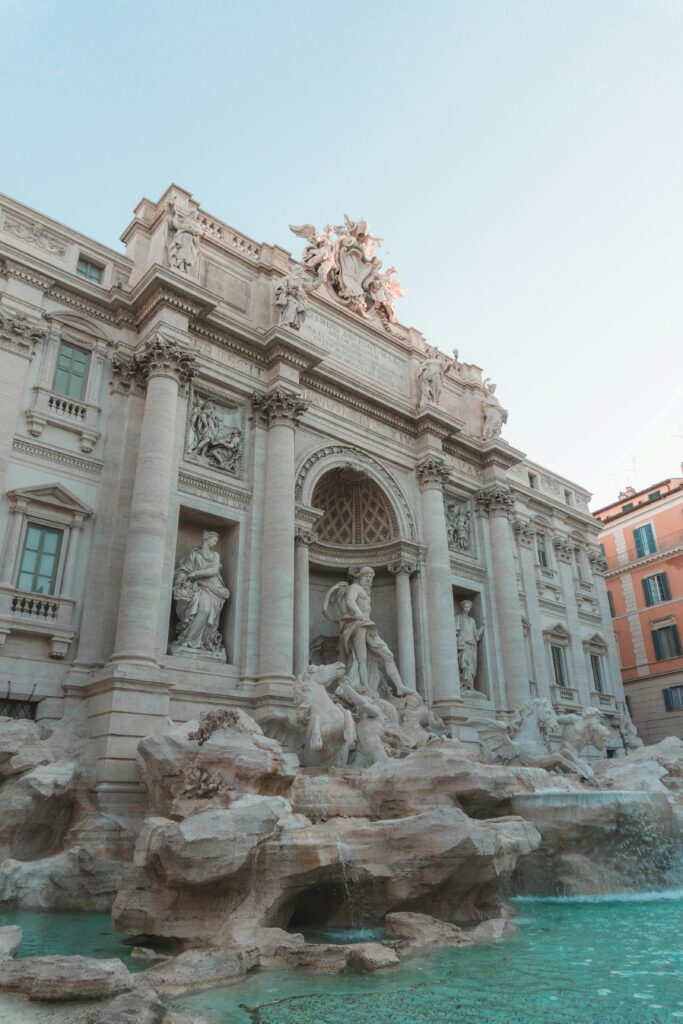Exploring Ancient Rome: Legacy, Art, and Empire

The Enduring Legacy of Ancient Rome: Foundations, Flourishings, and Fall
Ancient Rome, an empire whose influence permeated the fabric of modern civilization, stood as a beacon of architectural prowess, political strategy, and cultural depth that continues to inspire contemporary societies. From the legendary rise of its Republic in 509 BC to the eventual fall of the Western Roman Empire in AD 476, Rome’s narrative is a profound chronicle of innovation, conquest, and adaptation. This extensive period saw the transition from a small settlement on the Italian Peninsula to a colossal empire that dominated the Mediterranean and beyond.
Rome’s early expansion was deeply intertwined with its sociopolitical and military strategies. The Roman Republic was marked by a unique system of governance for its time—an intricate balance of checks and balances with consuls, the senate, and the assemblies. This framework fostered a somewhat democratic principle, albeit primarily serving the patrician class. Military innovations such as the manipular legion formation enabled Rome to excel in warfare, facilitating the rapid expansion of its territorial holdings through skilled, strategic conquests and alliances. By the first century BC, Rome had assimilated vast regions encompassing present-day Britain to the Middle East, laying the groundwork for an empire that would be ruled by emperors.
The transition from Republic to Empire began tumultuously, culminating in the rise of Augustus Caesar, Rome’s first emperor, in 27 BC. This marked the onset of the Pax Romana—a 200-year span of relative peace and prosperity across the empire. During this period, economic stability, artistic endeavors, and architectural feats flourished, as exemplified by the construction of enduring symbols like the Colosseum and the Pantheon. Rome’s network of roads, aqueducts, and cities facilitated not only military movements but also economic activity and cultural exchange, embedding Roman influence deeply into the fabric of its provinces.
However, the extent of Rome’s civilization also included stark inequalities and brutal displays of power. Slavery was a central element of the Roman economy and society, with slaves being used for everything from manual labor in farms and mines to household servants and gladiators. Public spectacles such as gladiatorial games reflected both the social stratification and the entertainment culture of Rome, serving as a tool for both public appeasement and political manipulation.
As Christianity began to spread through the empire in the first century AD, it gradually transformed from a persecuted sect into a cornerstone of Roman identity, culminating in Emperor Constantine’s conversion and the Edict of Milan in 313 AD, which proclaimed religious tolerance for Christianity. The Church’s expanding authority and wealth eventually intertwined deeply with the Roman state, influencing governance and societal norms.
The empire’s decline was as gradual as its rise, marked by internal strife, economic troubles, and the relentless pressure from barbarian invasions. The division of the empire into the Eastern and Western segments in 285 AD by Emperor Diocletian fundamentally changed its structure. The Western Roman Empire, facing greater challenges, fell in 476 AD when the Germanic chieftain Odoacer deposed the last Roman emperor, Romulus Augustulus. In contrast, the Eastern Empire, known as Byzantium, endured for another millennium, preserving and transforming the Roman heritage until the fall of Constantinople in 1453.

Within the arts, Rome’s legacy is vast, but a poignant reflection of its cultural and architectural grandeur can be found in Giovanni Paolo Panini’s painting, “Gallery of Views of Ancient Rome”. This artwork serves as a visual compilation of Rome’s architectural masterpieces, from the Pantheon to the Colosseum, artfully arranged in a fictitious gallery setting. Painted in 1758, Panini’s work is not only a celebration of Roman achievements but also an evocative reminder of the city’s enduring allure and historical significance.
Panini’s “Gallery of Views of Ancient Rome” masterfully encapsulates the essence of Roman architectural and cultural achievements through an imaginary architectural setting. By presenting iconic structures in a collective viewing gallery, Panini allows the observer to witness the cohesive grandeur of Roman architecture in a single glance. This painting, through its detailed portrayal and artistic arrangement, invites reflection on the collective memory of Rome, preserved through its monuments that have withstood the ravages of time and remain emblematic of its legacy.
The enduring influence of Rome can be seen in modern legal systems, languages, and governmental structures around the world. Latin, the language of the Romans, remains the foundation of the Romance languages and has influenced a significant portion of the English vocabulary. Roman law, the basis of the civil law legal systems, has shaped the frameworks of many modern legal systems. Furthermore, concepts such as republicanism, civic duty, and citizenship that originated in Rome have been integral to the development of modern democratic states.
In summary, Rome’s story is one of monumental rise, tremendous power, and eventual transformation rather than mere decline. Its remnants are not just ruins but are living testimonies of human capability and cultural persistence. The lessons from Rome encapsulated in its art, architecture, and enduring influence, continue to resonate, reminding us of our own civilization’s potential and vulnerabilities.



